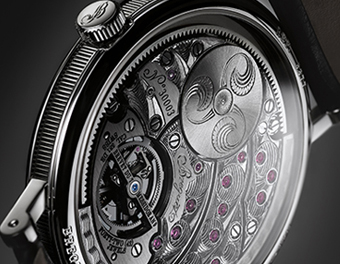FeatureBreguet – The Brand Story
A truly royal history
May We Recommend
With the advent of the 1700’s began a series of rapid breakthroughs in the watch industry. In the 1720s, George Graham built a device with pendulum and weights, and a hand that indicated the quarter-second. British watchmakers began to lose their dominance to those in the Neuchâtel Jura. The invention of the first rose engines for guillochage or engine-turning, the free escapements, the Lépine Calibre and in 1747, the birth of Swiss watchmaker Abraham Louis Breguet in Neuchâtel.
AL Breguet moved to France at a young age and gained extremely thorough practical and theoretical training in the art of watchmaking before setting up his own practice in Paris, Ile de la Cité in 1775. This was the beginning of an unrivaled career characterized by artistic and technical innovation, scientific discoveries, commercial daring and great public relations.
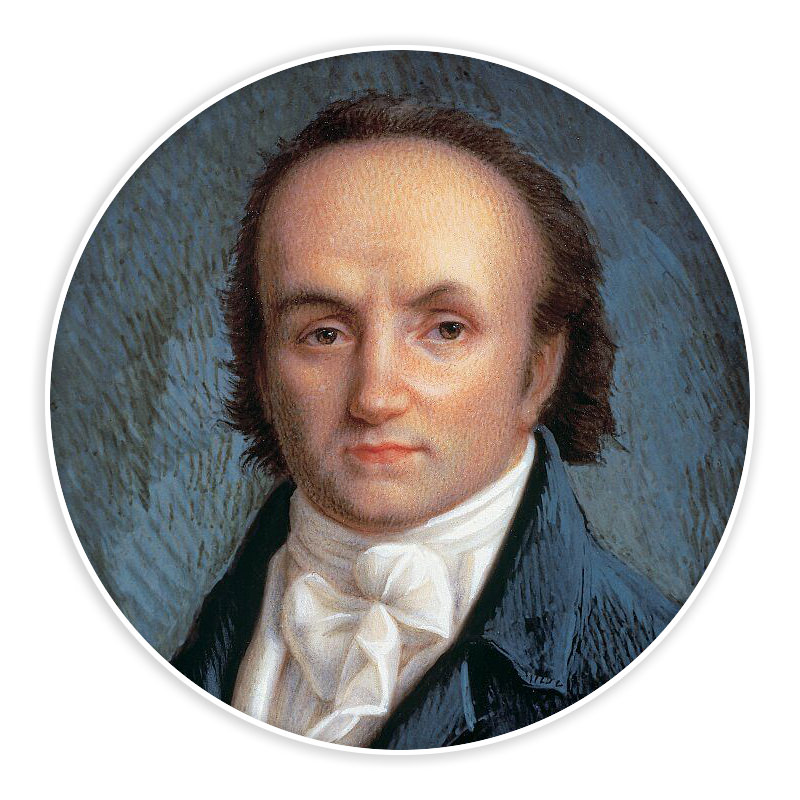
Breguet made successive discoveries and inventions in all avenues of watchmaking. Shortly after setting up his own enterprise, he produced the automatic or perpétuelle watch, the gong spring which reduced the width of repeater watches, followed by the first anti-shock device or pare-chute, which rendered watches less fragile. The watches featured his original in-house built movements that were constantly being improved by him, original Breguet hands (or the pomme), Arabic numerals, gold cases and silver dials delicately hand engraved on a rose engine.
For the first time watches were less bulky, more reliable and much sought after by the European monarchy and nobility alike. King Louis XVI and Queen Marie Antoinette as well as Empress Josephine, were among his list of clients. Even the French Revolution, which caused him to temporarily move to Switzerland for his safety, did not deter his business or his spirit of discovery. He came back to Paris in 1795 along with his new creations making his period of absence almost forgotten: the Breguet overcoil balance spring, the constant force escapement, the first modern carriage-clock (which he sold to Bonaparte), the subscription watch, the sympathetic clock which regulates and sets the time on a watch placed in a special recess; the tact watch which makes it possible to tell the time by touch, and finally the tourbillon regulator, patented in 1801. Constantly pursuing his aesthetic research, he created ever more elegant and refined models and in 1812 launched the first dials with the off-center hour-ring.
Breguet was popular at all the European courts. He became the watchmaker of reference for diplomatic, scientific, military and financial elites. He hand crafted specially commissioned models for eminent foreign figures such as the Tsar of Russia, the Sultan of the Ottoman Empire, the Prince-Regent of England and the Queen of Naples, Caroline Murat – for whom he fashioned an extremely thin wristwatch with repeater mechanism and thermometer, which was the inspiration for the Reine de Naples.

The watches by Breguet even found their way into the writings of leading authors at the time such as Victor Hugo, Stendhal, Honoré de Balzac, Max Jacob, A.S. Pushkin, A.I. Kouprine, W.M. Thakeray, Prosper Mérimée and more .
“Danglars’ watch, a masterpiece by Breguet which he had rewound with care before setting out the previous day, chimed half past five in the morning.”
– Alexandre Dumas, The Count of Monte Cristo, 1844
Appointed to the Board of Longitude and as Chronometer-maker to the navy, he entered the Academy of Sciences and was bestowed with the Leigon of Honour from the hands of Louis XVIII.
When he passed in 1823, his legacy was carried forward by his son, Louis Antoine Breguet. Staying true to its rich heritage and values set by the founder, the brand till date is known for its spirit of innovation and aesthetics that set it apart.
Explore the Breguet Collection
Breguet over the years
1780
Launches the revolutionary, first self-winding watch with an oscillating weight and two gong barrels. Also known as the ‘perpétuelles’.
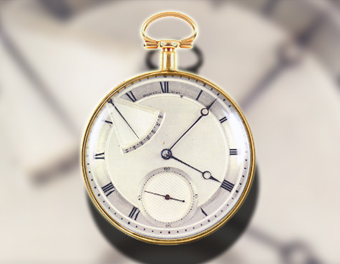
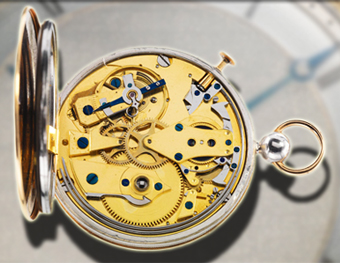
1783
Invention of the chiming mechanism for the minute repeater, introduces the famous Breguet hands and numbers in Arabic.
1786
A.L. Breguet becomes the first watchmaker in the history of timekeeping to introduce the art of guilloche into watch dials.
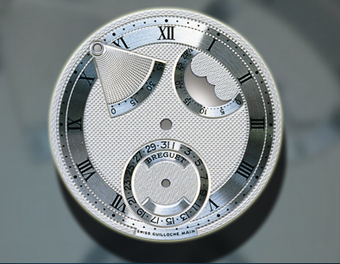

1789
Invention of the ratchet key also known as the “Breguet key” and natural escapement without oil.However, this reached its final form in 1806.
1790
Invention of the “parachute” anti-shock device to protect the balance wheel.
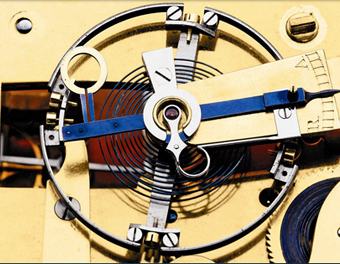

1795
First recorded description of the “Sympathique Clocks”. Development of the perpetual date calendar, Breguet Spiral and Ruby Cylinder.
1796
Production of the first single hand watch, known as the “Subscription Watch” and a new travel watch, all four sides glazed.

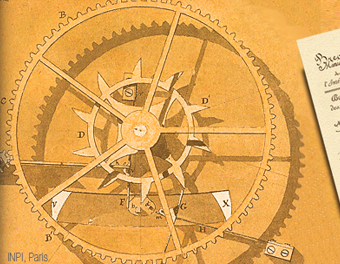
1798
Invention of the musical chronometer (clockwork mechanism that acts as a metronome) and patent of the Constant Force Escapement.
1799
First production of the “Tact Watch” enabling the wearer to tell the time by touch alone. Sometimes known as the “watch for the blind“.
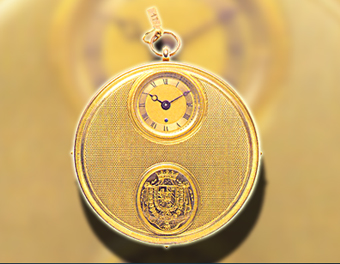
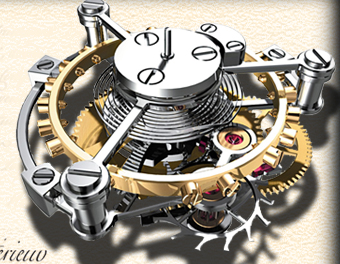
1801
Granted a patent for the “Tourbillon Regulator”, one of the crowning achievements in the history of horology.
1810
Development of the first wristwatch, ordered by the Queen of Naples, Caroline Murat ( The Sister of Napoleon I ).
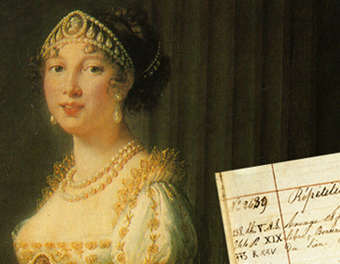
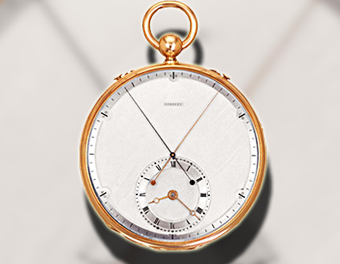
1820
Invention of the “montre à double secondes” or the Observation Chronometer. It was the ancestor of the modern chronograph.
1823
Master watchmaker Breguet passes away and the firm is taken over by his son, Antoine Louis Breguet.
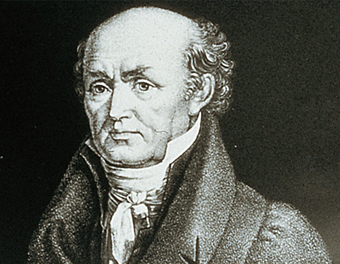
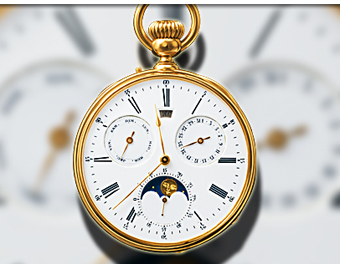
1830
Development of the first watch with a key-less winding mechanism: the modern winding crown is born.
1976
Transfer of the Breguet workshops to Le Brassus, Vallée de Joux. Ever since, entire production has been based in Switzerland.

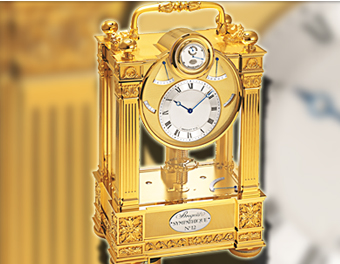
1990
Development of the new “Sympathique clock” with wristwatch instead of pocket watch. The Marine line is launched the same year.
1991
Granted a patent for a wristwatch equipped with a perpetual equation of time.
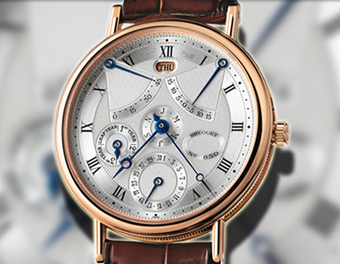
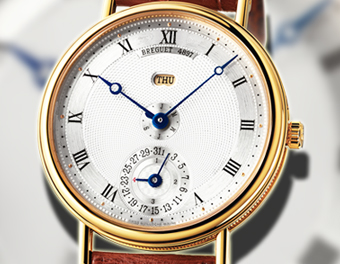
1997
Granted a patent for a straight-line perpetual calendar watch movement with an instant year-jump.
1998
The smallest self winding chronograph movement in the world is added to the Marine line.
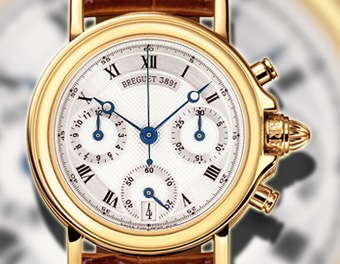

2002
Patent granted for the moon-phase mechanism or the “Queen of Naples” mechanism in the “Reine de Naples” watch.
2003
Granted patents for two inventions in the alarm wrist watch “Le Réveil du Tsar”: a column-wheel mechanism to lock or activate the alarm and a device to coordinate the alarm with local time.
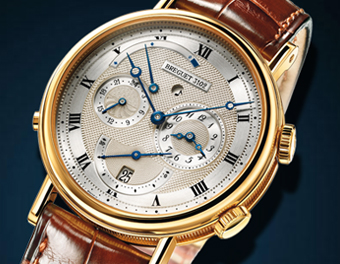
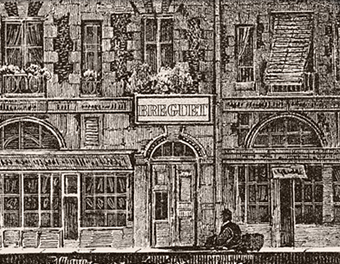
2005
The Tradition line is launched.
2007
The Tradition 7047 Grande Complication Fusee Tourbillon is launched.
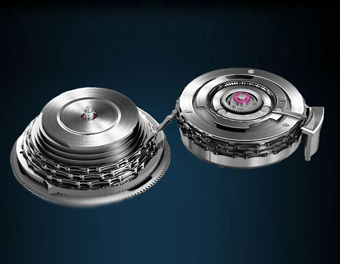
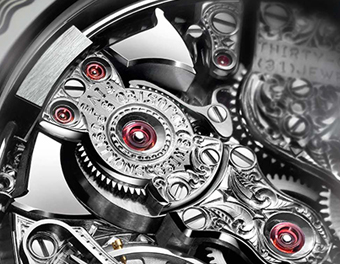
2009
Launch of the Classique 7637 Grande Complication Minute Repeater.
2010
Invention of the magnetic pivot, a shock-protection device using the field of the magnets in order to ensure the stability and performance of the balance.
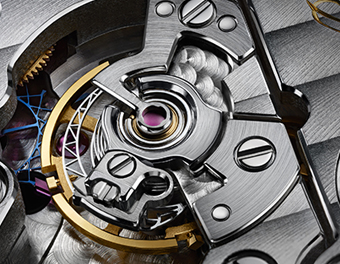
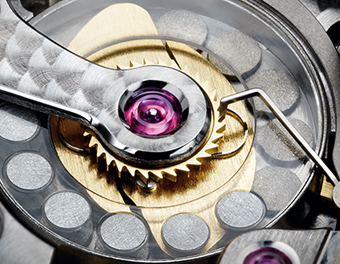
2011
Invention of the magnetic governor for the transmission wheel(s) of the movement or strike (La Musicale), eliminating the issues of wear, background noise and the need for higher amounts of energy, while ensuring greater precision.
2012
The first time zone model, the Tradition 7067 GMT is added to the Tradition line .
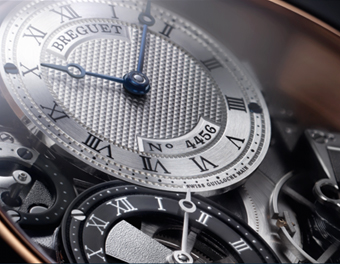

2013
Launch of the Classique Chronométrie 7727.
2014
Launch of the Classique Tourbillon Extra-Plat Automatique 5377.
